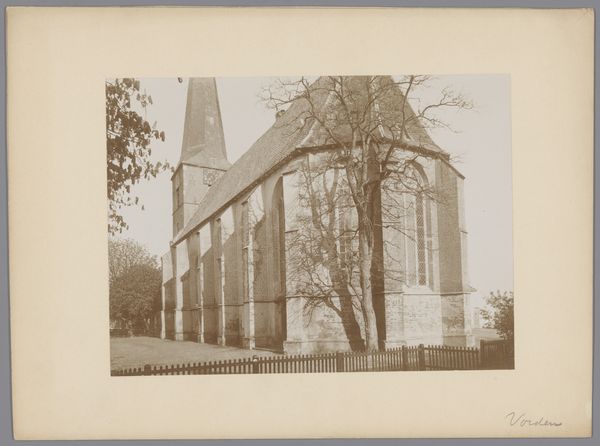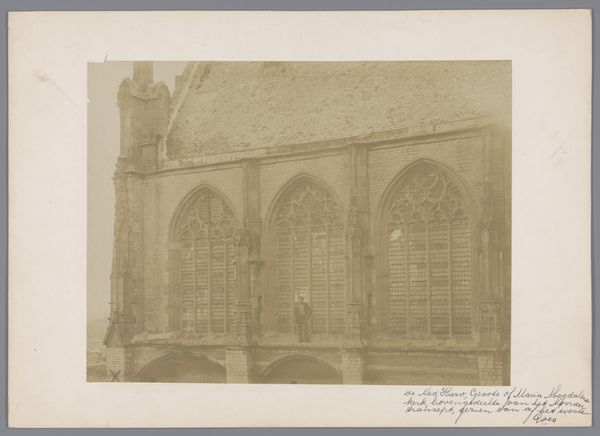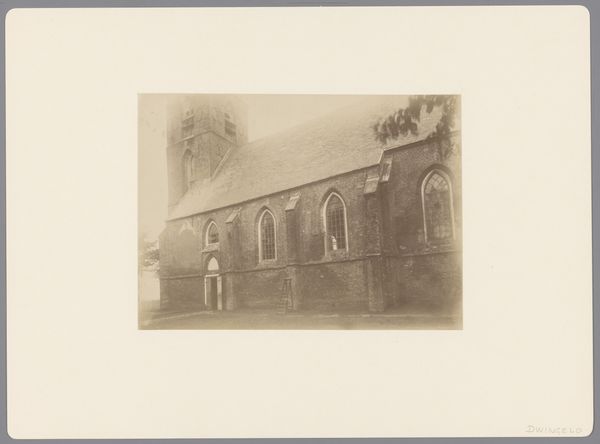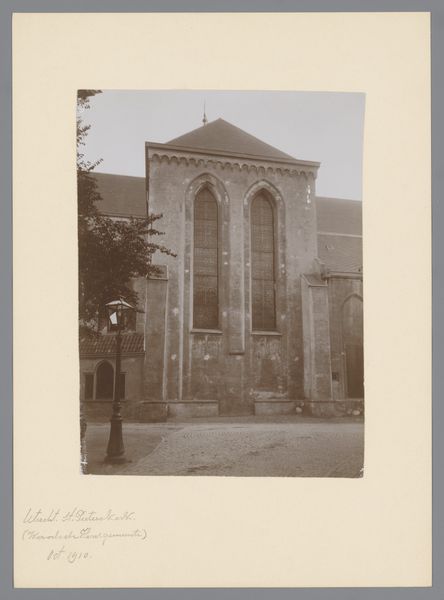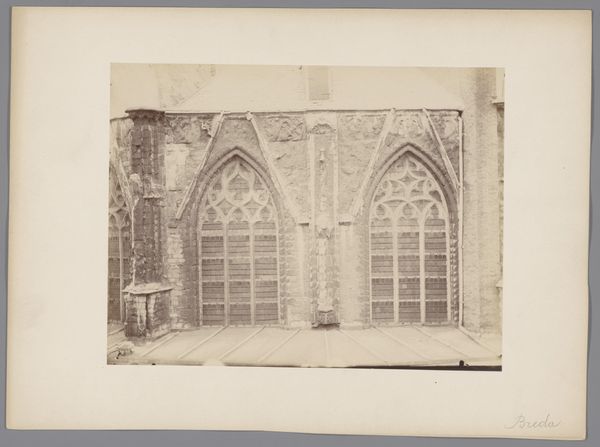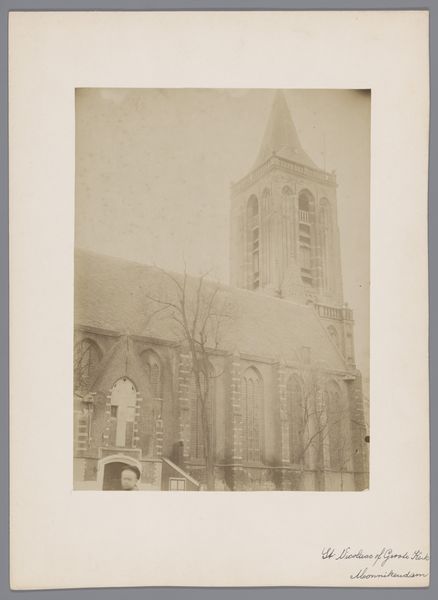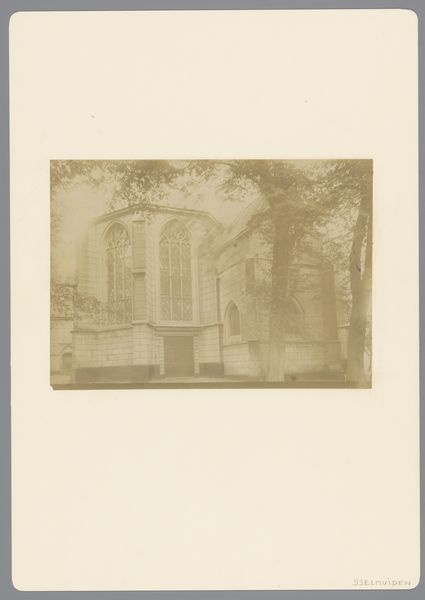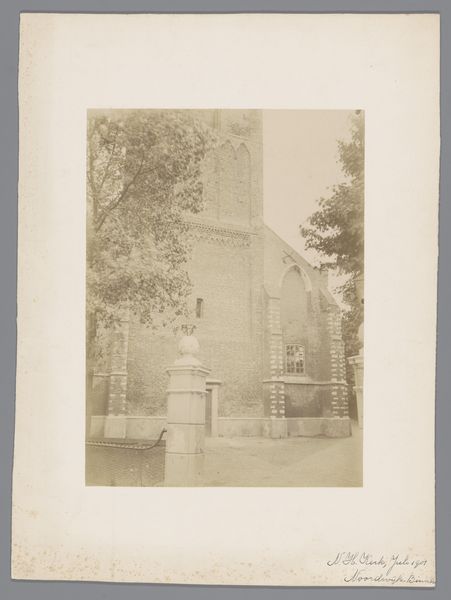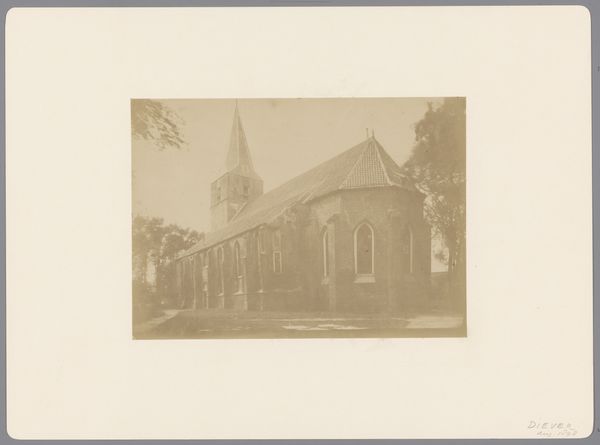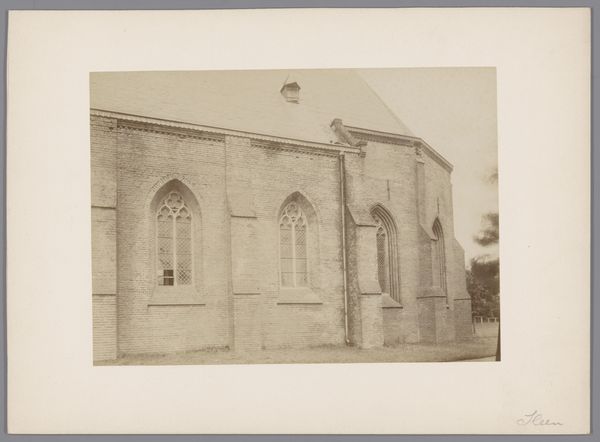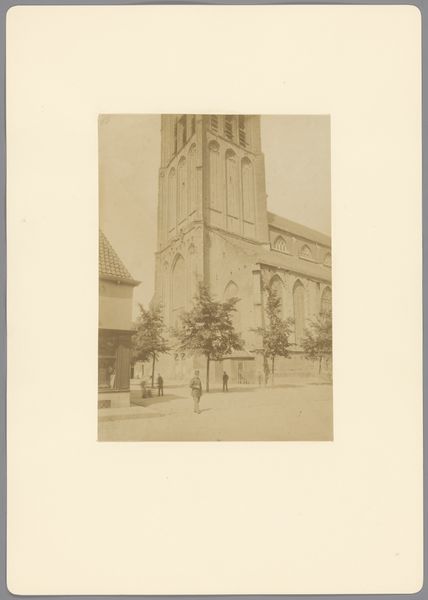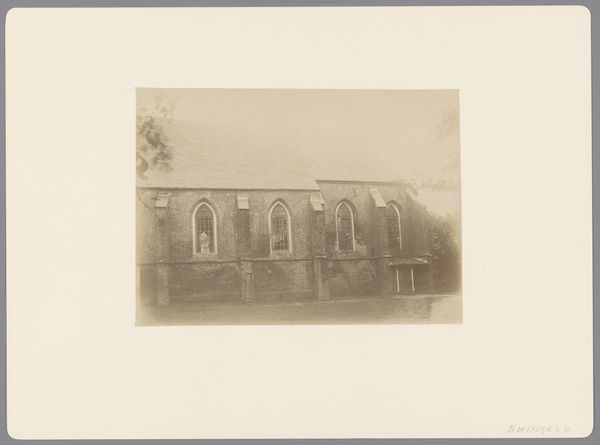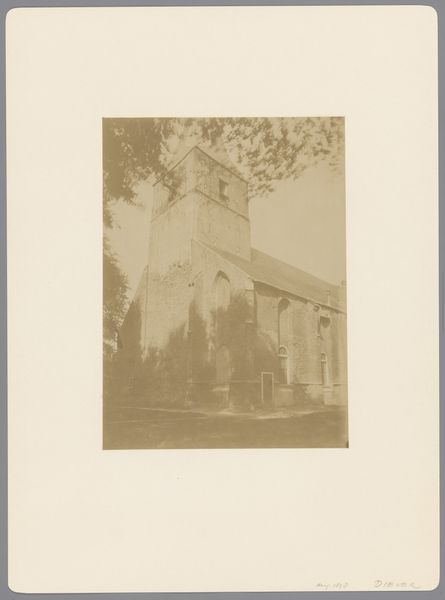
print, photography, albumen-print, architecture
# print
#
landscape
#
photography
#
romanticism
#
albumen-print
#
architecture
Dimensions: Image: 15 7/8 × 19 13/16 in. (40.4 × 50.3 cm)
Copyright: Public Domain
Editor: This is "Singleton Abbey, Swansea," taken between 1843 and 1847 by Calvert Richard Jones, using the albumen print method of photography. It’s striking how…solid it feels, almost like a painting despite being a photograph. I wonder, what catches your eye in this image, and how do you interpret its historical significance? Curator: It's interesting that you say it feels solid. For me, it speaks volumes about the cultural context of early photography. Consider the mid-19th century, a time of immense social change. Photography, newly invented, became a tool for the British upper class to document and, in a way, possess their world. Jones, as both a clergyman and a photographer, would have seen Singleton Abbey not just as a building but as a symbol of established power and perhaps also as proof that through technical means, art could memorialize that very social structure for decades to come. Editor: So, its photographic quality served a dual purpose - aesthetic and also a statement about societal control and remembrance. Were architectural photos particularly popular back then? Curator: Absolutely! Think about the broader Victorian obsession with documenting everything. Photography offered a new kind of accuracy, a seemingly objective record. But it’s crucial to remember that even then, choices were being made about what to photograph and how. The romantic, almost picturesque, rendering of the Abbey, isn't that telling of British art's broader desire to display an unspoiled and powerful British identity? Editor: That is fascinating. I guess I hadn’t considered how actively these images played a role in constructing the narratives of the time. Thanks! Curator: And thank you. It's valuable to remember that even the most straightforward image participates in the power structures of its time.
Comments
No comments
Be the first to comment and join the conversation on the ultimate creative platform.
